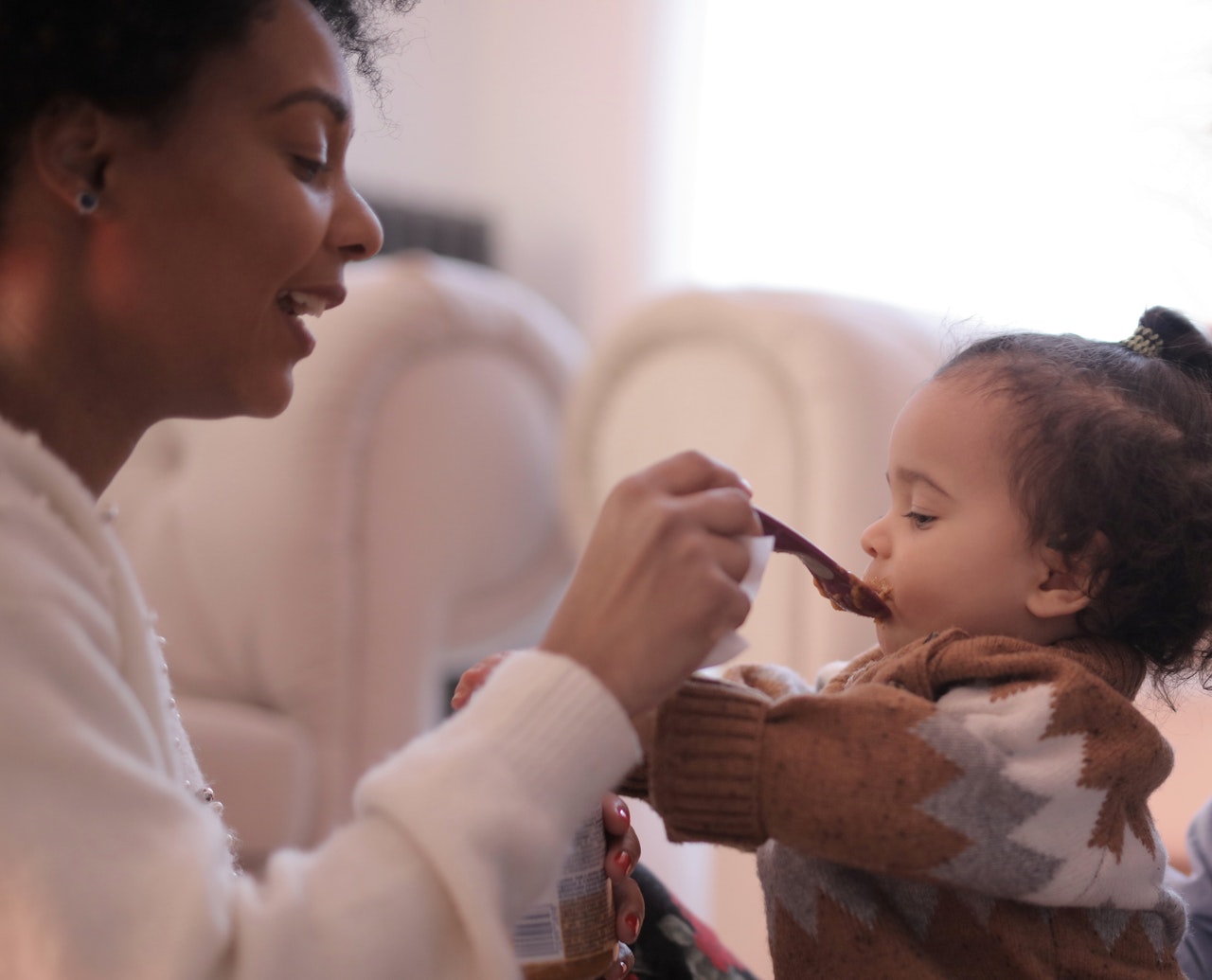All our three children have been able to sleep through the night by the time they were five months. I am a stickler for Prov. 22:6, “Train up a child in the way he should go, and when he is old he will not depart from it”. We have been given a free reign to train up our children in whichever way, and they will not depart from it. May we always choose to train them up in the ways of the Lord. Click here to read more on training up your child. Also, if you would like to view our sleep-training programme, click here.
So, how do you train a child to sleep? Below are the guidelines we used which can be applied for babies less than 18 months old. For older children, click here.
- Pray over the whole process, that the Lord will help you both to have a routine that satisfy your mutual interests. Pray that you will not give up, and that God will give you wisdom for training your baby.
- The baby has to be 6weeks & over, preferably 8 weeks. Before this age, prepare mentally to go with the baby’s pattern. My babies would go to sleep no earlier than midnight. So get a nice book to read, a nice programme or movie to watch, and go with the flow. Train yourself to sleep when the baby is asleep, both day and night. Note that, after 8 weeks, the later you start, the harder it is because your baby will have already solidified some habits.
- Determine the time you want your baby to be sleeping at night, a time that works for the whole family & that is not later than 9pm.
- Choose a season of about 2-3weeks where you are not travelling or entertaining many guests in the evenings. During this period you will complete the sleep training.
- Determine a night routine that works for you. Could be bathing, only changing clothes, reading, lullabies, evening devotion, etc. Whatever it is, with time your baby should associate this routine with winding down for the night. Work out how long it takes for the activity, say x min (refer to the example at the bottom of this article).
- Find out baby awake times for your child’s age. You can check here. Take note that, the timings given are just averages, + or – 15min. You can only confirm by experimenting on your baby.
- Calculate what time you need to start your routine so that baby is put to sleep right on time (refer to the example at the bottom of this article).
- Using the awake time for your baby’s age, calculate backwards what time baby must be awake from the evening nap for her to be tired enough to sleep by bedtime. Ensure baby doesn’t sleep beyond that time. Also, limit the lengths of evening naps so that baby will be tired enough to fall asleep by bedtime.
- Implement. After the routine is done, give your baby the last feed in dim light and ensure he burps well after the feed. When bedtime arrives, lights out and soothe baby to sleep. Once very sleepy or asleep, put the baby to sleep in their bed (other people employ the cry-it-out method where they let the baby cry themselves to sleep, but I find this method too harsh). If the baby begins to stir, tap them on the back till they settle. This re-assures them that you are still there. Don’t rush to pick them up. Give them time to settle back on their own. Only intervene if you must and soothe the baby back to sleep. Breastfeeding the baby to sleep should be the last option.
Note: Most people give up at this point because you may have to do countless trips to the baby’s room. Don’t give up. However hard it gets, if you remain consistent and persistent, it will never last more than a week.
- For subsequent night feeds, pick up the baby as soon as they begin to stir, don’t wait for them to begin crying. Carry out night feeds in very dim light (phone screen light – NOT torch – is sufficient. During night feeds don’t engage the baby in any way (no eye contact, no talking). Once they latch on well, keep the light off. This teaches them that nights are boring and are only for sleeping.
- Determine the wake up time for baby in the morning, say 8am. When this time arrives, whether the baby slept well or not, it’s time to wake up. Draw the curtains open, engage the baby, let there be activity & life. No more tiptoeing.
- Only change the night diaper WHEN ABSOLUTELY NECESSARY. If he poops a lot at night, pray that he will poop more during the day/evening. As a parent you learn to pray for everything, even poop!
- During the day stick to your baby awake times, and ensure the baby burps well after every feed. Gradually your baby should be able to sleep well both night & day.
- Now, once your baby begins to sleep better, begin to extend the stretches of sleep. Only do this after your baby has gained back his birth weight and is growing well. You do this by:
- When the baby wakes up, don’t feed them first. Cuddle instead and soothe them for as long as you can, though this is easier for Dad to do because the baby can smell your breastmilk and will want to feed. Only feed the baby when they become impossible. And even then don’t give a full feed, only feed enough to calm the baby, get them off the breast and soothe them to sleep. Keep reducing the feeds until the baby gives them up altogether. Only do this if you are sure your child feeds very well during the day & before sleeping.
- Reduce the duration of your baby’s evening nap to an hour or less if they are not settling well to sleep.
- Dream feeding: before you go to bed or before your baby wakes up for the next feed, feed the baby. Hopefully this will push forward their next waking. However, note that this may not always work, so try severally and judge for yourself what approach is best for your child.
As you get along and the baby has eased into sleeping better, the baby will be able to settle into night sleeping without much of a fuss, even without following the actual routine. Also, it helps if the baby sleeps on their own bed, but even better in a separate room altogether where they won’t be interrupted by commotion. Invest in a good baby monitor where you will easily hear all your baby’s movements.
See below how the sleep-training transformation unfolded for a parent we helped. Initially her 6-month baby would wake up at night 8 times or more, and in about a week she was only waking up 2 times a night to feed only. She chose a bedtime of 10pm to accommodate her Husband’s arrival.

Calculations
This example assumes the baby is 8 weeks old and their awake time is 1 hour.
- I want the baby’s bed time to be 9pm.
- The sleep routine I have chosen is showering, changing and a simple devotion. It takes 30min. So the sleep routine will start at 8:30pm.
- With an awake time of 1 hour, the baby should never nap beyond 8pm, and if asleep must be woken up.
- I want the baby to be waking up by 8am in the morning. So if still asleep I will wake them up. With an awake time of 1 hour, I will put them to sleep by 9am, whether they are sleepy or not. After every subsequent nap I will only keep them awake for 1 hour, until evening. I will slightly adjust the night routine and timings if necessary depending on how tired the baby is and to align with family activities.
Sign up for our sleep training consulting here.
Have you sleep-trained your baby? How was your journey? Hit reply and let me know!
Related articles:



